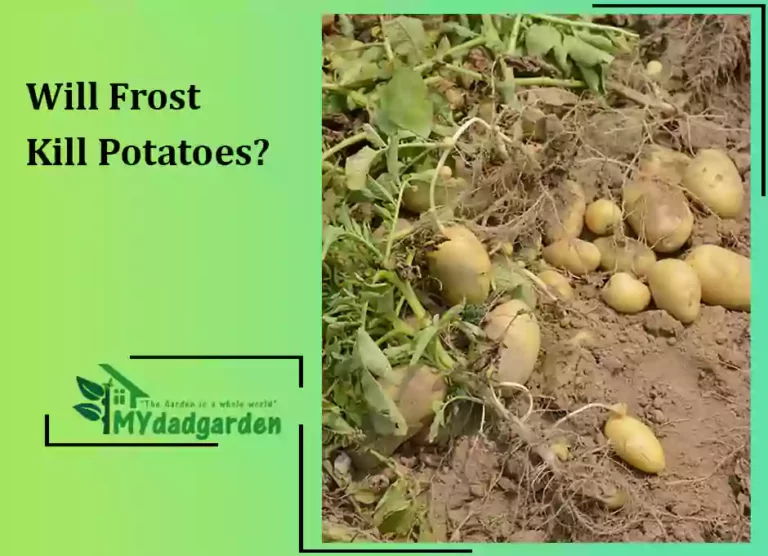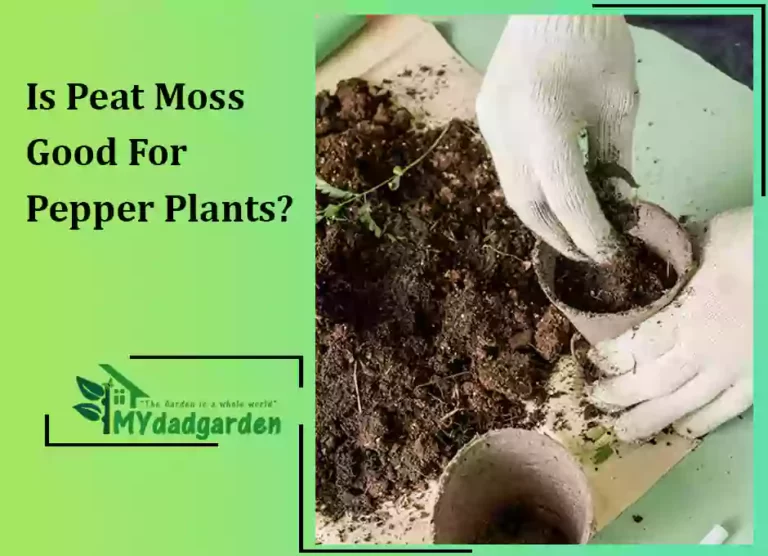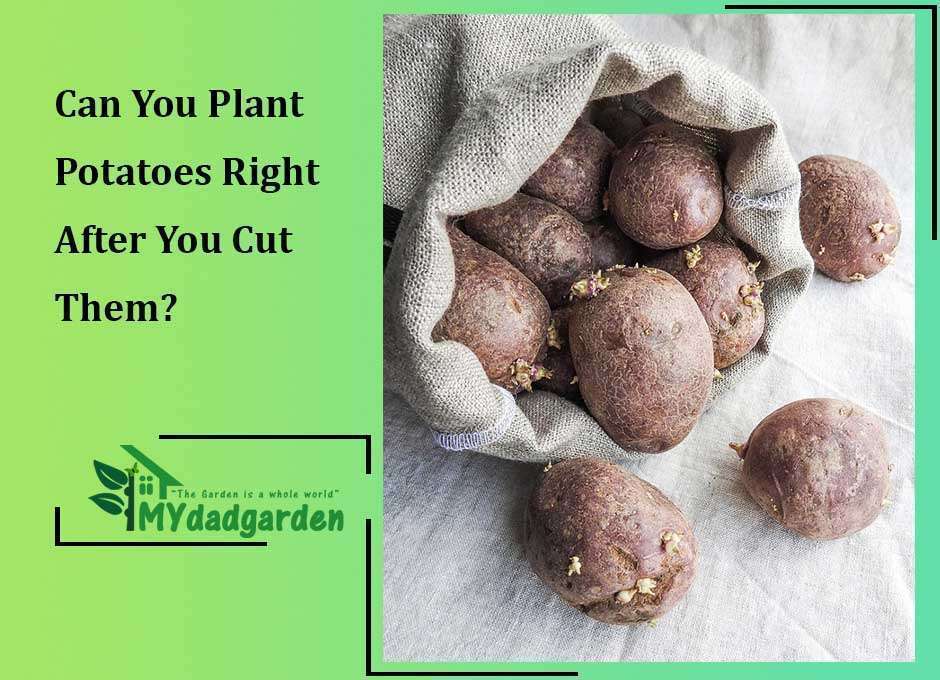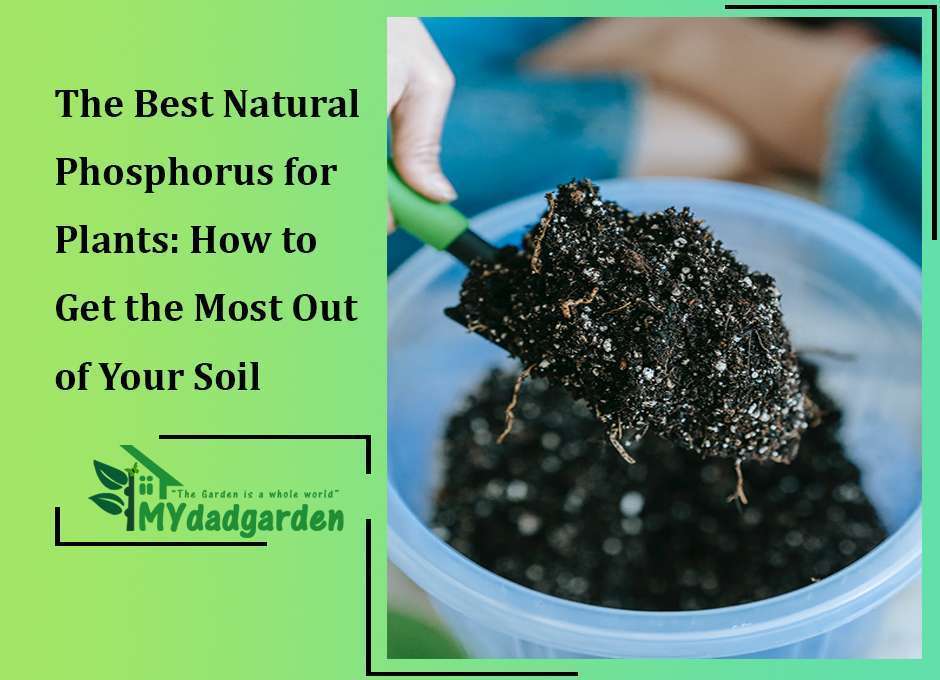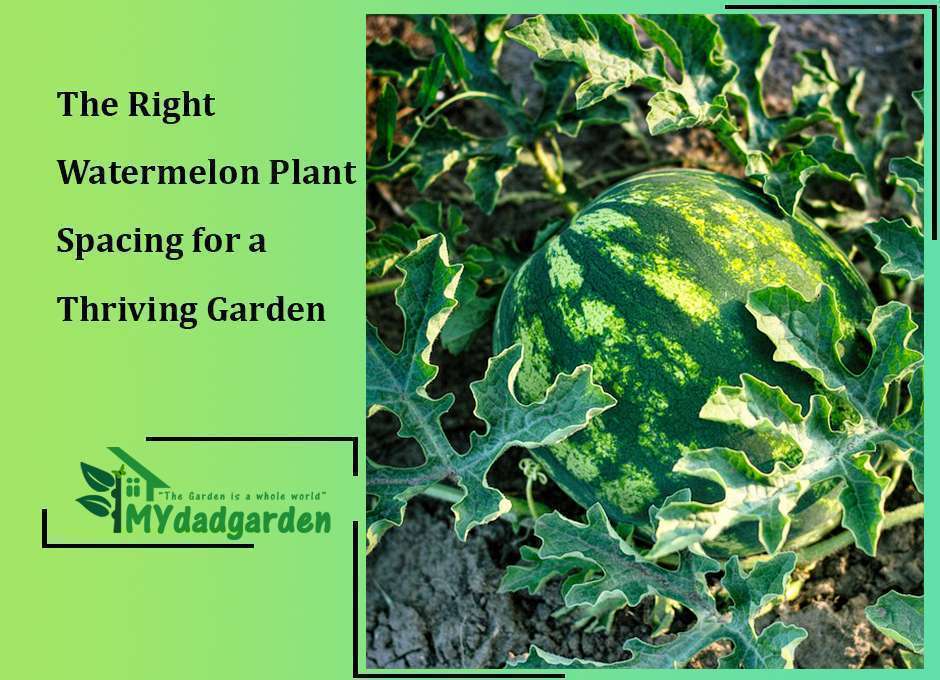Tips Of Onion Seedling Turning Yellow: What To Do When Your Onions Start Wilting?
Given that onions are a popular vegetable crop, almost every gardener has to cope with the problem of their onion seedlings becoming yellow at some point. Usually, the onion is safe to consume before the yellowing spreads throughout the entire onion. The seedlings’ quality should be maintained. Onions grow slowly to moderately and are best planted in the spring. Their plants can be grown from seed, transplants, or sets.
Then there is the issue with yellowing onion seedlings, a problem that gardeners frequently encounter. Gardeners can reasonably trace this occurrence to the bulb’s feathers turning yellow and falling off as it ages, even though many other factors also play a role. Before harvest, onion sprouts that have gone yellow for other reasons must be treated since they are unsuitable. Reading this tutorial, you can understand Why the Tips of Onion Seedlings Are Turning Yellow.

Table of Contents
Why Are Onion Seedling Tips Turning Yellow?
Similar to how too much or too little light can cause seedling plants to be yellow, too much or too little water or fertilizer may also be to blame. Your seedlings are probably only thirsty if the soil around your plants has fully dried up between waterings.
Lack of Water
A lack of water is one of the most common reasons why onion seedling tips turn yellow. Onion plants require a lot of water, especially during the hot summer. If the soil around your onion plants is dry, the leaves will turn yellow.
Lack of Nutrients
Another common reason for yellowing leaves is a lack of nutrients. Onion plants need a lot of nitrogen, phosphorus, and potassium to grow properly. If the soil around your onion plants lacks these nutrients, the leaves will begin to turn yellow.

Too Much Water
While a lack of water can cause onion seedling tips to turn yellow, too much water can also be a problem. If the soil around your onion plants is constantly wet, the roots will not get the oxygen they need to grow properly. This can cause the leaves to turn yellow and eventually die.
Pests or Diseases
Pests or diseases can also cause onion seedling tips to turn yellow. Common pests that attack onion plants include aphids, thrips, and whiteflies. Common diseases that affect onion plants include downy mildew and bacterial leaf blight. If your onion plants are infested with pests or diseases, then it is likely that the leaves will begin to turn yellow.
Temperature Stress
Temperature stress can also cause onion seedling tips to turn yellow. Onion plants prefer temperatures between 65 and 75 degrees Fahrenheit. If the temperature gets too hot or too cold, the leaves will turn yellow.

Too much sun
While onions need sunlight to grow properly, too much sun can actually be harmful to them. If the plants are exposed to direct sunlight for too long, it can cause their leaves to turn yellow and die. Ensure to provide your onion seedlings with plenty of shade if they grow in an area with full sun throughout the day.
How To Cure Yellow Tips Of Onion Seedlings?
A plant needs nitrogen, a crucial component for strong, green development if it appears to have stopped growing for a few days and has pale or yellow leaves. Solution: Start feeding seedlings nitrogen-rich fertilizer as soon as the two embryonic leaves develop.
The first step is to identify the problem. If the tips of your onion seedlings turn yellow, it is likely due to a nutrient deficiency. The most common nutrient deficiencies that can cause the yellowing of onion seedlings are nitrogen, phosphorus, and potassium.
Once you have identified the problem, you must correct the nutrient deficiency. This can be done by fertilizing your onion seedlings with a balanced fertilizer containing all three nutrients.
If you cannot find a fertilizer containing all three of these nutrients, you can also try using separate fertilizers for each nutrient. For example, if your onion seedlings are deficient in nitrogen, you can use a nitrogen-rich fertilizer such as ammonium sulfate.
In fertilizing your onion seedlings, you will also need to ensure they are getting enough water. Onion seedlings should be watered regularly, and the soil should be moist but not soggy.
If your onion seedlings are still yellow after taking these steps, they may suffer from a disease or pest infestation. Common diseases that can cause the yellowing of onion seedlings include downy mildew and white rot.
To treat a disease or pest infestation, you must consult a local gardening expert or your county extension office. They will be able to provide you with specific instructions on how to treat your particular problem.

Yellow Onion Tips And Diseases
As gardeners, we must be constantly vigilant about the health of our plants. This is especially true for onions, one of the veggies most vulnerable to nitrogen. In this blog post, we’ll go over some tips for keeping your onion plants healthy and some of the most common diseases that affect them.
Nitrogen and Onions
One of the main things to be careful of when growing onions is nitrogen. A lack of nitrogen and a nitrogen excess can cause onion leaves to turn yellow. The key is to strike a balance by adding trace elements carefully. If you notice your onion leaves turning yellow, inspect your plants closely to determine whether it’s due to a lack of or excess nitrogen.
Common Onion Diseases
Onion plants are also susceptible to disease. Three of the most common diseases that affect onion plants are botrytis, downy mildew, and purple blotch. These diseases can be difficult to distinguish from one another without close inspection.
However, there are some general symptoms that all three diseases share. These include leaf necrosis (tissue death), chlorosis (yellowing of leaves), and stunted growth. If you notice any of these symptoms on your onion plants, proceed with caution and take steps to prevent the spread of the disease.
By following these tips and taking care not to over- or under-fertilize your plants, you can avoid yellowing onion leaves altogether. And if you notice disease symptoms, don’t hesitate to reach out to a professional for help in diagnosing and treating the problem. With a little care and attention, you can keep your onion plants healthy and disease-free!
Onion Seedling Problems
If you’re an onion gardener, you may have noticed that your seedlings frequently topple over, especially when they grow to a size where they cannot support themselves. You’re probably not watering them too much or too little, so what gives? In addition to too much heat, you can be dealing with underwatering or overwatering.
Onion seedlings look a little drooping, but not because of their size. In addition to too much heat, you can be dealing with underwatering or overwatering. If you notice that the leaves are wilting or the stalks are yellowing, chances are your onions are getting too much water. On the other hand, if the leaves are brown and crispy, the onions aren’t getting enough water. The key is to strike a balance, so the soil is moist but not soggy.

Too Much Heat
Onion seedlings need cool temperatures to thrive. If the soil temperature is too high, the seedlings will develop poorly and may even die. The best way to know if the soil is too hot is to use a soil thermometer. The ideal temperature for onion seedlings is between 70-75 degrees Fahrenheit.
If your onion seedlings are toppling over, it could be due to several reasons. But before you start panicking, check to see if the leaves are wilting or yellowing (overwatering) or brown and crispy (underwatering). If neither of those is the case, the soil temperature is likely too high. Use a soil thermometer to check and see if the temperature is between 70-75 degrees Fahrenheit. If it’s not, take steps to cool down the soil so your onion seedlings can thrive.
Signs Of Overwatering Onions
- Overwatering can cause early rot, as evidenced by yellow, unhealthy-looking leaves, falling-over bulbs, and rotting roots.
- Rotten bulbs and roots can never be repaired in onions.
- Stop watering your onions, so they have time to dry out from the excessive moisture.
Keep an eye out for yellow leaves and withering foliage, as these are indicators of overwatering. If overwatering persists, the roots and bulbs will decay. Plants can recover if allowed to dry off until the leaves appear healthy again. About 100 to 150 days are needed for onions to achieve full maturity. Water issues within that time frame may severely harm your harvest. So, take each day as it comes and do everything you can to maintain the ideal moisture level for your plants.

How Often Do Water Onions?
Every week, although onions require a lot of water, the ground shouldn’t ever become soggy. Instead of a gentle misting every day, an inch (2.5 cm) of irrigation should be applied to onions once a week.
Onions: Why The Tips Turn Brown And What To Do About It
Have you ever noticed that the tips of your onion leaves turn brown and dry? If so, you’re not alone. This phenomenon, known as “onion tip burn,” is quite common and can be brought on by several different factors. Let’s take a closer look at some of the possible causes of onion tip burn and what you can do to prevent it.
Wind Damage
One of the most common reasons for onion tip burn is wind damage. If the tips of your onion leaves are exposed to strong winds for extended periods, they can dry out and turn brown. This is because the leaves are losing moisture faster than they can replace them. To prevent wind damage, simply ensure that your onion plants are well-watered and that they’re not exposed to excessive wind.

Excessive Soil Salts
Another possible cause of onion tip burn is excessive soil salts. These salts can come from several sources, including fertilizers, irrigation water, and rainwater. When the soil around your onion plants becomes too salty, it can cause the tips of the leaves to turn brown and dry out.
To prevent this from happening, monitor the salt levels in your soil and only use fertilizers and irrigation water when necessary. Additionally, try to water your onions early in the day, so the leaves have time to dry before nightfall.
Solar Stress
Another factor that can contribute to onion tip burn is solar stress. This happens when the leaves of your onion plants are exposed to too much direct sunlight. The sun’s ultraviolet rays can cause the leaves to be dry and brown. To prevent solar stress, simply ensure that your plants are getting enough water and that they’re not exposed to excessive amounts of sunlight.
As you can see, several different factors can contribute to onion tip burn. Luckily, you can also do several different things to prevent it. By following the tips in this blog post, you should be able to keep your onions healthy and free from tip burn!

How To Care For Onion Seedlings?
Growing onions from seed is a cheap and easy way to get a lot of onions, and it allows you to grow varieties not typically found in stores. If you’re new to gardening, onion seedlings are a great place to start since they’re relatively low-maintenance. Here are a few tips for how to care for your onion seedlings.
Keep the Garden Area Well-Weeded
Hoeing between rows runs the danger of harming foliage and bulb tips, so if possible, weed by hand. Weeding by hand might take a little longer, but preventing damaging your seedlings is worth it.
Water Frequently During Dry Times
Onions need about 1 inch of water per week. If you’re getting less rain, you’ll need to supplement with irrigation. Watering in the morning will give the plants time to dry out before nightfall, which helps prevent fungal diseases.
As Soon As Any Flower Spikes Appear, Remove Them
Allowing your onion plants to flower decreases the size of your eventual harvest. Once the flowers appear, snip them off at the base of the plant using sharp shears.
Once the Leaves Begin to Turn Yellow, Stop Watering
This signifies that the bulbs are beginning to enlarge and that there’s no need for additional watering. Stopping irrigation at this point will also help reduce the chances of fungal diseases developing on your onion bulbs.
Following these simple tips, you can grow a large crop of healthy onions from seedlings. Don’t let fear of gardening kill your dreams of becoming an amateur horticulturist—onions are a great crop to start with!

FAQ
Why are the tips of my green onions turning yellow?
Green onion plants need regular and appropriate irrigation to grow in moist soil. If you see the leaves beginning to yellow, you may be overwatering or underwatering them.
Why are my seedlings turning yellow and not growing?
A nutritional shortage is probably to blame for the yellow-green hue. When flower and vegetable seedlings are sown inside, shortages in nitrogen and phosphate may arise. Foliage that is yellow-green and stunted plant development are signs of a nitrogen deficit.
Previous Article: Do plants Like Hot Or Cold Water?


![Home Garden planning from scratch [ Beginner Guide ]](https://mydadgarden.com/wp-content/uploads/2020/11/5db2733d-7c33-4fed-a163-3ebbb9f13949-768x1152.jpg)
